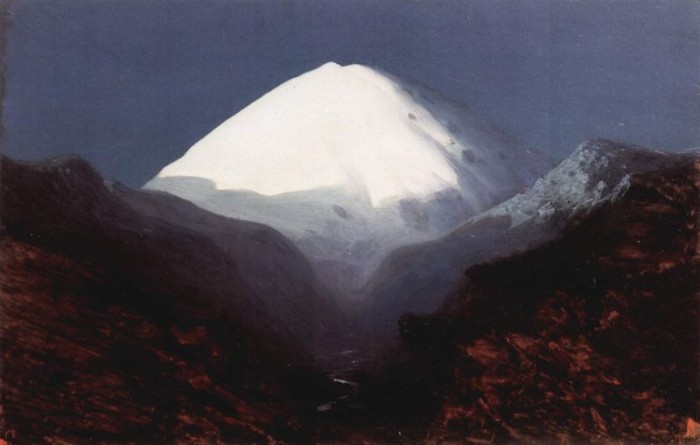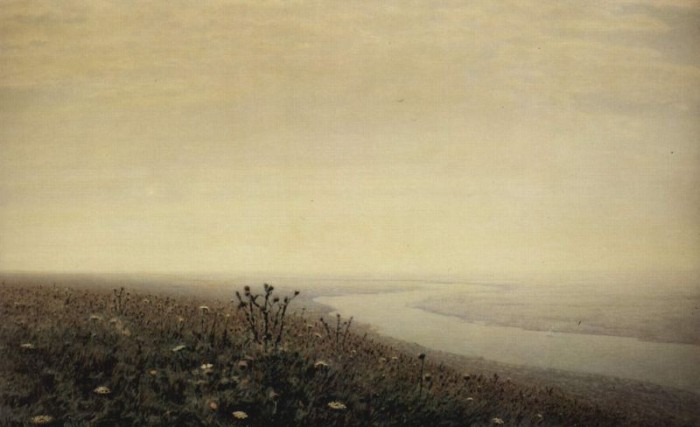Arkhip Kuindzhi (1842-1910)
Get a Kuindzhi Certificate of Authenticity for your painting (COA) for your Kuindzhi drawing.
For all your Kuindzhi artworks you need a Certificate of Authenticity (COA) in order to sell, to insure or to donate for a tax deduction.
Getting a Kuindzhi Certificate of Authenticity (COA) is easy. Just send us photos and dimensions and tell us what you know about the origin or history of your Kuindzhi painting or drawing.
If you want to sell your Kuindzhi painting or drawing use our selling services. We offer Kuindzhi selling help, selling advice, private treaty sales and full brokerage.
We have been authenticating Kuindzhi and issuing certificates of authenticity since 2002. We are recognized Kuindzhi experts and Kuindzhi certified appraisers. We issue COAs and appraisals for all Kuindzhi artworks.
Our Kuindzhi paintings and drawings authentications are accepted and respected worldwide.
Each COA is backed by in-depth research and analysis authentication reports.
The Kuindzhi certificates of authenticity we issue are based on solid, reliable and fully referenced art investigations, authentication research, analytical work and forensic studies.
We are available to examine your Kuindzhi painting or drawing anywhere in the world.
You will generally receive your certificates of authenticity and authentication report within two weeks. Some complicated cases with difficult to research Kuindzhi paintings or drawings take longer.
Our clients include Kuindzhi collectors, investors, tax authorities, insurance adjusters, appraisers, valuers, auctioneers, Federal agencies and many law firms.
We perform Arkhip Kuindzhi art authentication, appraisal, certificates of authenticity (COA), analysis, research, scientific tests, full art authentications. We will help you sell your Arkhip Kuindzhi or we will sell it for you.

Arkhip Kuindzhi was a Russian landscape painter, born in January 1841 in Mariupol (present-day Ukraine), but he spent his youth in the city of Taganrog. He grew up in a poor family, and his father was a Greek shoemaker Ivan Khristoforovich Kuindzhi (sometimes spelt Emendzhi). Arkhip was six years old when he lost his parents, so that he was forced to make his living, working at the church building site, grazing domestic animals, and working at the corn merchant’s shop. During the five years, from 1860 to 1865, Arkhip Kuindzhi worked as retoucher in the photo studio of Isakovich in Taganrog. Kuindzhi tried to open his own photographer’s studio, but without success. After that Kuindzhi left Taganrog for Saint Petersburg.

He studied painting mainly independently and in St.Petersburg Academy of arts (from 1868; the full member since 1893). He was co-partner of mobile art exhibitions (Peredvizhniki, a group of Russian realist artists who in protest to academic restrictions formed an artists’ cooperative, which evolved into the Society for Traveling Art Exhibitions (Peredvizhniki in 1870. During this early period Kuinczhy felt Ivan Aivazovsky’s influence.

In 1872 the artist left the academy and worked as a freelancer. The painting Na ostrove Valaam (On the Valaam Island) was the first artwork, which Pavel Tretyakov acquired for his art gallery. In 1873, Kuindzhi exhibited his painting The Snow, which received the bronze medal at the International Art Exhibition in London in 1874. In the middle of 1870s he created a number of paintings in which the landscape motif was designed for concrete social associations in the spirit of Peredvizhniki (Forgotten village, 1874; Chumatski path, 1875; both – in Tretyakov gallery).

In his mature period Kuindzhy aspired to transfer the most expressive on illumination of a condition of the nature. He applied composite receptions (high horizon, etc.), creating panoramic views. Using light effects and intense colors shown in main tones, he depicted the illusion of illumination (The Ukrainian night, 1876; Birch Grove, 1879; After a thunderstorm, 1879; all three are in Tretyakov Gallery; Night on Dnepr, 1880 in Russian museum, St.Petersburg). His later works are remarkable by decorative effects of color building.

Kuindzhi lectured at the St.Petersburg Academy of arts (Professor since 1892; professor-head of landscape workshop since 1894; but he was fired in 1897 for support of student’s protests). Among his students were artists such as Arkady Rylov, Nicholas Roerich, Konstantin Bogaevsky, and others. Kuindzhi initiated creation of the Society of artists (1909; later – the Society named after A.I. Kuindzhi).

Still wondering about a 19th century Russian painting in your family collection? Contact us…it could be by Arkhip Kuindzhy.
Reviews
1,217 global ratings
5 Star
4 Star
3 Star
2 Star
1 Star
Your evaluation is very important to us. Thank you.
